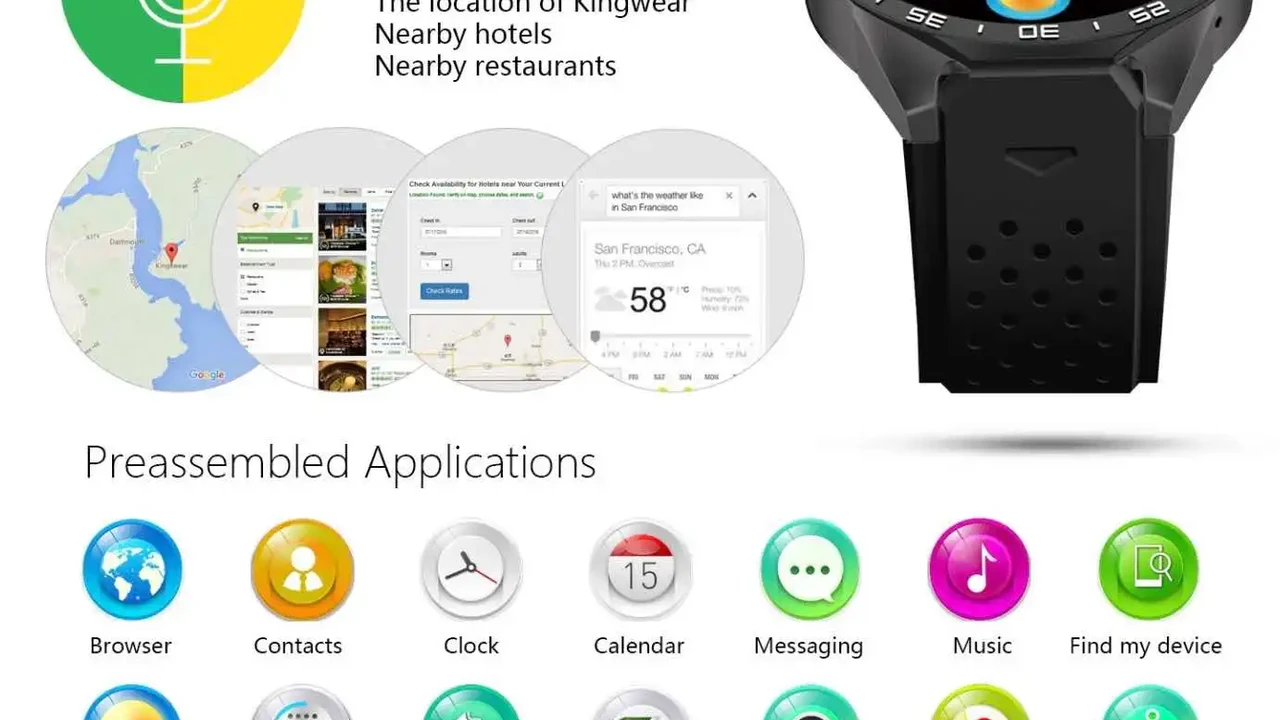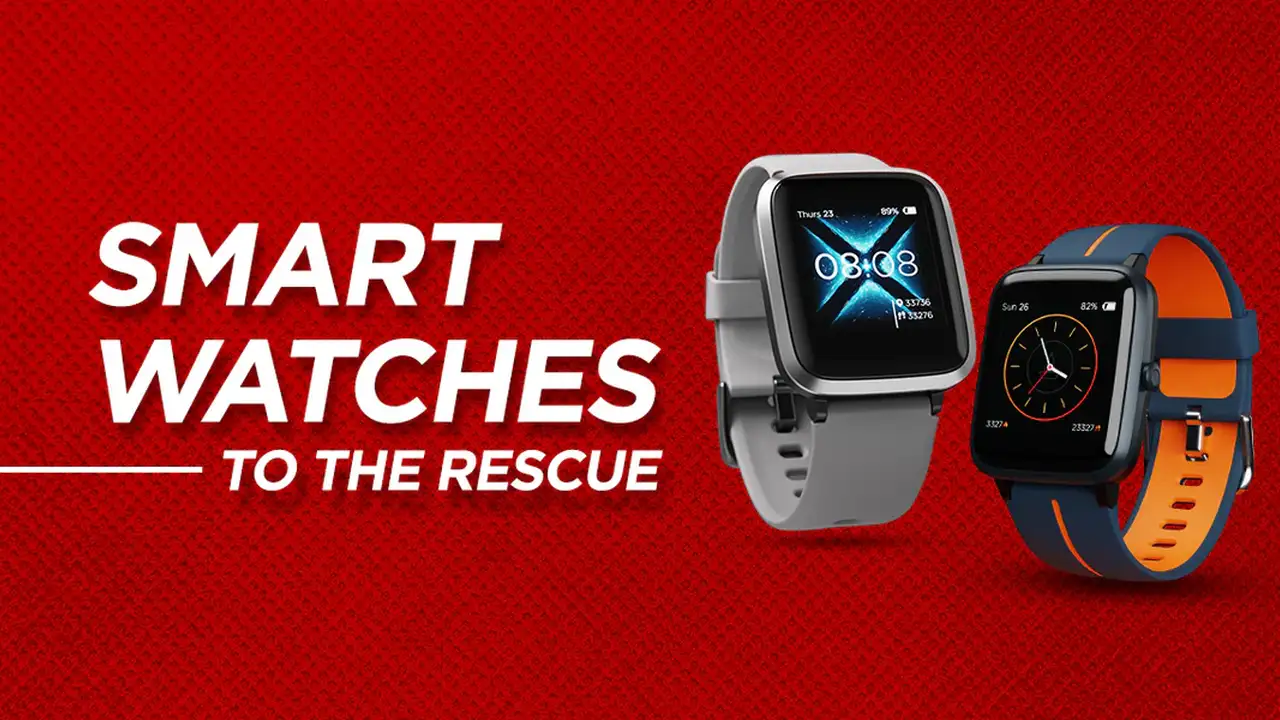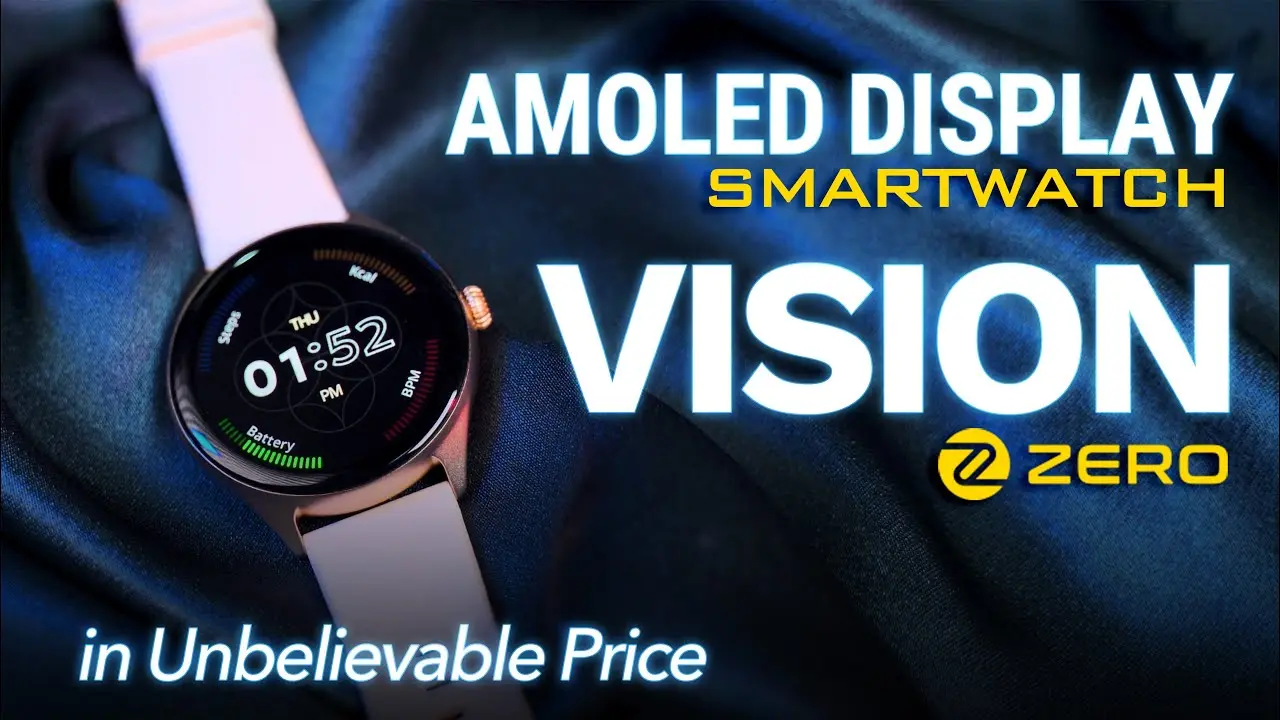Key Features to Look for in a New Smartwatch
{ "article": [ { "title": "Key Features to Look for in a New Smartwatch", "meta_description": "Discover the essential features to consider when buying a smartwatch, including battery life, health sensors, and connectivity.", "content": "Discover the essential features to consider when buying a smartwatch, including battery life, health sensors, and connectivity. Choosing a new smartwatch can feel overwhelming with the sheer number of options available today. From fitness tracking to communication and even contactless payments, these tiny devices pack a powerful punch. But how do you cut through the noise and find the perfect wrist companion for your lifestyle? It all comes down to understanding the key features that truly matter.\n\n

When embarking on your smartwatch buying journey, it's crucial to prioritize what's important to you. Are you a fitness fanatic, a busy professional, or someone who simply wants to stay connected without constantly pulling out their phone? Let's break down the core features that will guide your decision.
\n\nSmartwatch Battery Life and Charging Convenience
\n\nOne of the most common concerns for potential smartwatch owners is battery life. Nobody wants a device that dies halfway through the day. Battery longevity can vary wildly, from a single day to several weeks, depending on the model and usage. For instance, the Apple Watch Series 9 typically offers up to 18 hours of battery life, extending to 36 hours in Low Power Mode. This means daily charging for most users. In contrast, the Garmin Fenix 7X Solar boasts an impressive battery life of up to 28 days in smartwatch mode, and even longer with solar charging, making it ideal for multi-day adventures. The Samsung Galaxy Watch 6 Classic usually lasts around 30-40 hours, requiring charging every one to two days. Consider your daily routine: if you're constantly on the go and forget to charge, a longer-lasting battery is a must. Fast charging capabilities are also a huge plus, allowing you to quickly top up your device before heading out. For example, many modern smartwatches can get a significant charge in just 30-60 minutes.
\n\nAdvanced Health Sensors and Fitness Tracking Capabilities
\n\nSmartwatches have become indispensable tools for health and fitness monitoring. The range of sensors and tracking capabilities has expanded significantly. Here's what to look for:
\n\n- \n
- Heart Rate Monitoring: Almost all smartwatches offer continuous heart rate tracking. Look for accuracy, especially during intense workouts. The Fitbit Sense 2 and Apple Watch Ultra 2 are known for their reliable heart rate sensors. \n
- ECG (Electrocardiogram): This feature can detect signs of atrial fibrillation (AFib), a serious heart condition. The Apple Watch Series 9, Samsung Galaxy Watch 6, and Withings ScanWatch are excellent choices if ECG is a priority. \n
- SpO2 (Blood Oxygen Saturation): Monitoring blood oxygen levels can provide insights into respiratory health and sleep quality. Most premium smartwatches, including the Garmin Venu 3 and Huawei Watch GT 4, now include SpO2 tracking. \n
- Sleep Tracking: Beyond just tracking sleep duration, advanced smartwatches analyze sleep stages (REM, light, deep), sleep quality, and even detect sleep disturbances. The Oura Ring Gen 3 (though not a smartwatch, it's a strong sleep tracker) and Fitbit Sense 2 offer comprehensive sleep insights. \n
- GPS: Essential for accurate tracking of outdoor activities like running, cycling, and hiking without needing your phone. The Garmin Forerunner 965 and Coros Pace 3 are top-tier for GPS accuracy and multi-sport tracking. \n
- Activity Tracking: Step counting, calorie burn, distance, and active minutes are standard. Look for smartwatches that offer a wide variety of sport modes and automatic exercise recognition. \n
- Temperature Sensor: Newer models like the Apple Watch Series 9 and Samsung Galaxy Watch 6 include temperature sensors, primarily used for cycle tracking and general health insights. \n
- Fall Detection and SOS: Crucial safety features, especially for seniors or those with certain health conditions. The Apple Watch SE and Google Pixel Watch 2 offer robust fall detection and emergency SOS capabilities. \n
Seamless Connectivity Options and Smartphone Compatibility
\n\nHow your smartwatch connects to the world and your phone is vital for its functionality. Most smartwatches rely on Bluetooth to pair with your smartphone, enabling notifications, calls, and app usage. However, some offer more advanced connectivity:
\n\n- \n
- Wi-Fi: Allows your smartwatch to connect to Wi-Fi networks, enabling app updates and data syncing even when your phone isn't nearby. \n
- LTE/Cellular: This is a game-changer for true phone-free independence. With an LTE-enabled smartwatch (like the Apple Watch Cellular or Samsung Galaxy Watch LTE), you can make calls, send texts, stream music, and use apps directly from your wrist, even if your phone is at home. This usually requires an additional monthly subscription from your mobile carrier. \n
Compatibility is also key. Apple Watches only work with iPhones, while Samsung Galaxy Watches and most Wear OS devices are primarily designed for Android phones, though they often have limited compatibility with iOS. Always double-check that the smartwatch you're eyeing will seamlessly integrate with your existing smartphone.
\n\nSmartwatch Display Quality and Durability
\n\nThe display is your primary interface with the smartwatch. Look for:
\n\n- \n
- Display Type: AMOLED and OLED screens offer vibrant colors, deep blacks, and excellent contrast, making them easy to read even in bright sunlight. LCD screens are generally less vibrant but can be more power-efficient. The Google Pixel Watch 2 and Apple Watch Series 9 feature stunning OLED displays. \n
- Brightness: High brightness (measured in nits) is essential for outdoor visibility. \n
- Always-On Display (AOD): This feature keeps the time and other information visible without needing to raise your wrist, though it consumes more battery. \n
- Durability: Smartwatches are exposed to daily wear and tear. Look for durable materials like sapphire glass (found on premium models like the Garmin Epix Pro Gen 2 and Apple Watch Ultra 2) or Gorilla Glass for scratch resistance. Water resistance ratings (e.g., 5 ATM for swimming) are also crucial. \n
Operating System and App Ecosystem
\n\nThe smartwatch's operating system dictates its user interface, available apps, and overall experience. The main players are:
\n\n- \n
- watchOS (Apple Watch): Known for its intuitive interface, vast app store, and deep integration with the Apple ecosystem. \n
- Wear OS (Google): Used by many Android-compatible smartwatches (e.g., Samsung Galaxy Watch, Google Pixel Watch, Fossil Gen 6). It offers Google services like Maps, Assistant, and a growing app selection. \n
- Tizen (Samsung - older models): Samsung's proprietary OS, known for its rotating bezel navigation. Newer Samsung watches use Wear OS. \n
- Proprietary OS (Garmin, Fitbit, Huawei, Amazfit): Many brands use their own operating systems, which are often optimized for specific functions (e.g., Garmin for sports tracking) but may have smaller app selections.
Consider the app ecosystem. Do you rely on specific apps for fitness, productivity, or communication? Ensure your chosen smartwatch supports them. For example, if you use Spotify extensively, check if the smartwatch has an offline music playback option for Spotify.
\n\nContactless Payments and Smart Home Control
\n\nThe convenience of paying with your wrist is a major draw for many. Look for smartwatches with NFC (Near Field Communication) for services like Apple Pay, Google Pay, or Samsung Pay. The Apple Watch SE (starting at $249 USD) and Samsung Galaxy Watch 6 (starting at $299 USD) both offer robust payment solutions. Some smartwatches also offer basic smart home control, allowing you to adjust lights or thermostats directly from your wrist, adding another layer of convenience to your connected life.
\n\nDesign, Comfort, and Customization Options
\n\nA smartwatch is also a fashion statement. Consider the design, size, and weight. Do you prefer a sleek, minimalist look or a rugged, sporty aesthetic? The Fossil Gen 6 (around $229 USD) offers a more traditional watch design, while the Garmin Instinct 2 Solar (around $399 USD) is built for extreme durability. Comfort is paramount, especially if you plan to wear it all day and night. Check the available strap materials (silicone, leather, metal) and ensure they are easily interchangeable for customization. Most brands offer a wide range of official and third-party bands to personalize your device.
\n\nPrice and Value Proposition
\n\nSmartwatch prices range from under $100 to over $1000. Budget-friendly options like the Amazfit Bip 5 (around $89 USD) offer basic notifications and fitness tracking. Mid-range devices like the Fitbit Versa 4 (around $199 USD) provide a good balance of features and value. Premium smartwatches like the Apple Watch Ultra 2 (starting at $799 USD) or Garmin Fenix 7 Pro (starting at $799 USD) offer advanced health metrics, superior build quality, and extensive battery life. Determine your budget and then prioritize the features that offer the most value for your money.
\n\nBy carefully considering these key features, you'll be well-equipped to navigate the smartwatch market and find a device that perfectly complements your needs and enhances your daily life. Happy shopping!
" } ] }:max_bytes(150000):strip_icc()/277019-baked-pork-chops-with-cream-of-mushroom-soup-DDMFS-beauty-4x3-BG-7505-5762b731cf30447d9cbbbbbf387beafa.jpg)





